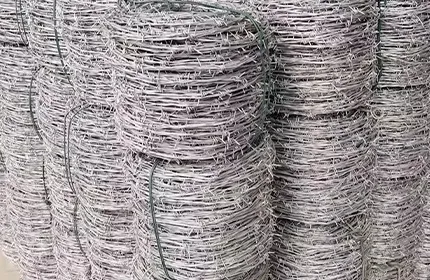-
 Phone:
Phone: -
 Email:
Email:

Metal Wire Hangers for Efficient Clothing Organization and Space Saving Solutions
The Versatility of Metal Wire Hangers A Comprehensive Overview
Metal wire hangers have been a staple in closets and laundry rooms for decades. Initially designed as a simple solution for hanging clothes, these hangers have proven to be remarkably versatile and practical. Made predominantly from thin, flexible metal wire, they offer a lightweight yet sturdy means of storing garments. In this article, we will explore the history, advantages, potential drawbacks, and innovative uses of metal wire hangers.
The history of metal wire hangers dates back to the early 20th century, when they were first introduced as an affordable alternative to wooden hangers. Their simplistic design, featuring a hook for easy hanging, quickly became popular among households. Over the years, manufacturers have refined their designs, offering variations in thickness, shape, and finishes, catering to the diverse preferences of consumers. Today, metal wire hangers are commonly found in dry cleaners, retail stores, and homes worldwide.
One of the most significant advantages of metal wire hangers is their lightweight nature. Compared to wooden or plastic alternatives, metal wire hangers take up less space and can be easily stored in bulk. Their slim profile means that they can accommodate more clothes in a limited space, making them ideal for those with smaller closets. Additionally, they are often more affordable than their counterparts, allowing consumers to purchase them in large quantities without breaking the bank.
Another key benefit of metal wire hangers is their durability. While they may appear fragile, well-crafted wire hangers can support heavier garments such as coats and suits without bending or losing their shape. This durability is particularly beneficial in environments like dry cleaners, where hangers are used repeatedly and must withstand the rigors of handling various clothing items.
metal wire hangers

However, metal wire hangers are not without their drawbacks. One of the most common complaints is that they can leave marks or indentations on delicate fabrics, such as sweaters or silk. This is due to the lack of padding or shoulder support. Moreover, some designers argue that wire hangers do not offer the same aesthetic appeal as wooden or plush hangers, which can detract from the overall look of a well-organized closet.
Despite these drawbacks, the applications of metal wire hangers extend far beyond simple garment storage. Many people have discovered the creativity and usefulness of wire hangers in various DIY projects. For instance, they can be transformed into artistic wall decorations, picture holders, or even coat racks with a bit of imagination and craftsmanship. Additionally, they are often used to create organizational tools, such as hair accessory holders or plant hangers.
In recent years, there has been a growing trend towards minimizing waste and promoting sustainability. More individuals are turning to metal wire hangers for their recyclable nature. Unlike plastic hangers, which can take hundreds of years to decompose, metal hangers can be melted down and repurposed, thus contributing to ecological conservation efforts.
In conclusion, metal wire hangers are more than just a means of hanging clothes; they are a testament to practicality, durability, and creativity. With a rich history and modern adaptations, they have earned their place in homes, businesses, and even art studios. While they may have some limitations, the advantages they offer outweigh the negatives. Whether through effective garment storage or innovative DIY projects, metal wire hangers continue to prove their worth in a variety of settings. As we move towards more sustainable practices, these humble hangers will undoubtedly remain a beloved and essential tool in our everyday lives.
-
Wire Mesh for Every Need: A Practical SolutionNewsJul.25,2025
-
Steel Fences: Durable, Secure, and Stylish OptionsNewsJul.25,2025
-
Roll Top Fencing: A Smart Solution for Safety and SecurityNewsJul.25,2025
-
Cattle Farm Fencing Solutions for Maximum SecurityNewsJul.25,2025
-
Affordable Iron Binding Wire SolutionsNewsJul.25,2025
-
Affordable Galvanized Wire SolutionsNewsJul.25,2025
-
Wire Hanger Recycling IdeasNewsJul.25,2025








